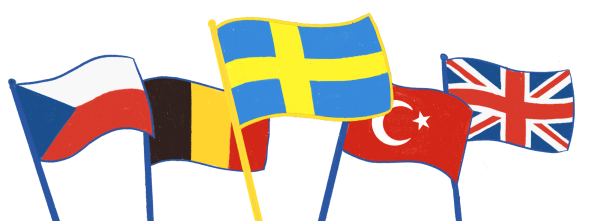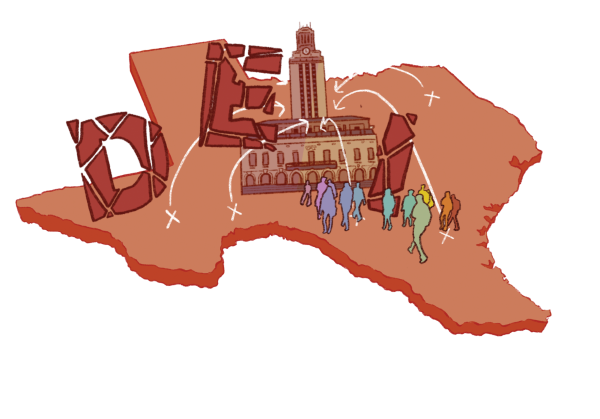November is Native American Heritage Month
What You Need to Know About Heritage Month
December 19, 2022
As the Texan leaves make their attempts to turn various shades of brown and orange in the month of November, the chilly air also brings the remembrance and celebration of Native American history in the form of Native American Heritage month. Its enactment as a national, 30-day celebration period under President George H.W. Bush in 1990, followed years after the enactment of Black History Month in 1986 and Hispanic Heritage Month in 1988. The official dates of Native American Heritage Month are Oct. 30-Nov. 30.
Congress ultimately decided to choose the month of November as it signifies the end of many indigenous tribes traditional harvest seasons. Previously, the second Saturday of May was declared to be American Indian Day, as proclaimed by the Congress of the American Indian Association in 1915 after various other efforts had been made to give Indiginous and Native Americans a day to celebrate their individuality and culture. American Indian Day was celebrated by select states, the first of which was the state of New York in 1916.
More recently, the federal holiday known as Columbus Day, on Oct. 11, was changed to become Indigenous People’s Day, under the oversight of President Joe Biden in 2021. As stated in a press release announcing this change, Biden was quoted saying, “On Indigenous Peoples’ Day, we honor America’s first inhabitants and the Tribal Nations that continue to thrive today,”.
With this announcement, some might come to question the difference between the terms “Indigenous” and “Native Americans”, which are commonly used interchangeably, according to the American Civil Liberties Union (ACLU). However, the ACLU has different definitions for both terms: “Indigenous Peoples” referring to a group with pre-existing sovereignty with a shared national identity, such as “Navajo” or “Sami,” and “Native American” referring to peoples living within what is now the United States prior to European contact.
Since becoming a recognized month nationally, various federal organizations, such as The Library of Congress and National Archives and Records, among many others, work to pay tribute to the rich ancestry and traditions of Native Americans. Most often, work is done by these organizations to educate the general public on the importance of the holiday, as well as to place an importance on much of the forgotten history that comes with Native American Heritage, according to the National Library of Medicine (NLM). Currently, the NLM has a dedicated website for Native Peoples’ Concept of Health and Illness, which is home to various educational timelines, online exhibits, as well as oral interviews and transcripts.
The federal government has also partnered with national non-profit organizations, such as the Greater Promise for American Indians (GPAI). The GPAI is an organization which works to help develop more accurate understandings of past and present Indigenous culture and history for federal agencies and corporations. Austin’s local GPAI chapter puts on an annual Powwow, which is known as the Austin Powwow, in order to pass down generational legacy and tradition, according to the GPAI. The most recent powwow was on Nov. 12, 2022, and the event is the largest one-day powwow in the country, according to the Austin Powwow Committee.
Another organization dedicated to serving the broad interest of tribal governments and communities is the National Congress of American Indians (NCAI). They claim to be the oldest, largest, and most representative American Indian and Alaska Native organization. According to the NCAI, while the federal government has made strides in supporting those with an Indigenous background, there is still much ground to cover, or rather give back.









